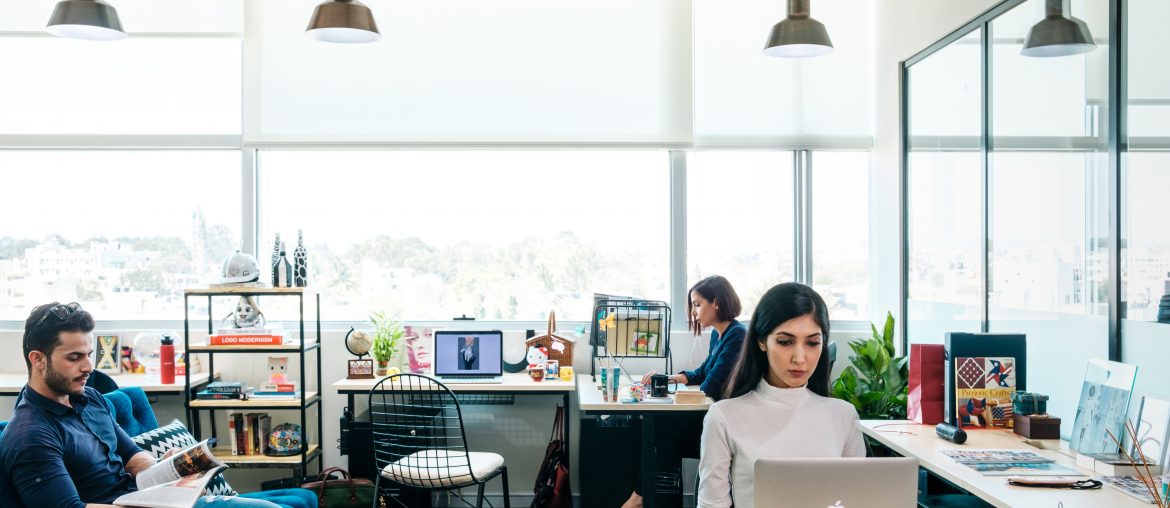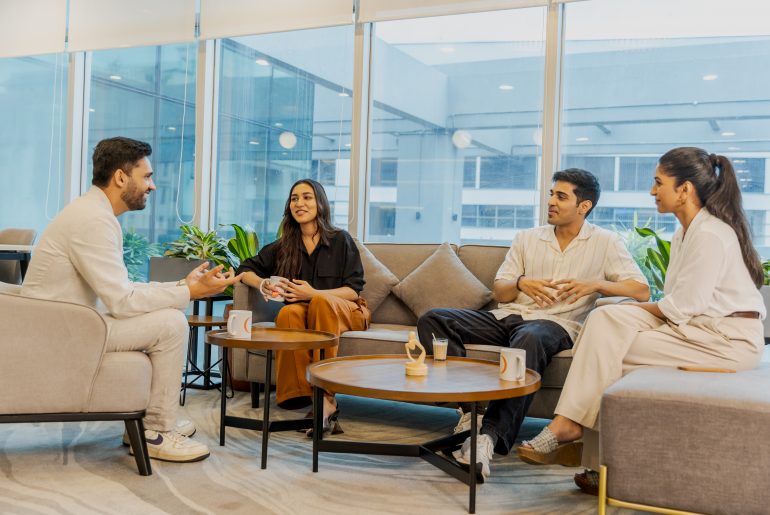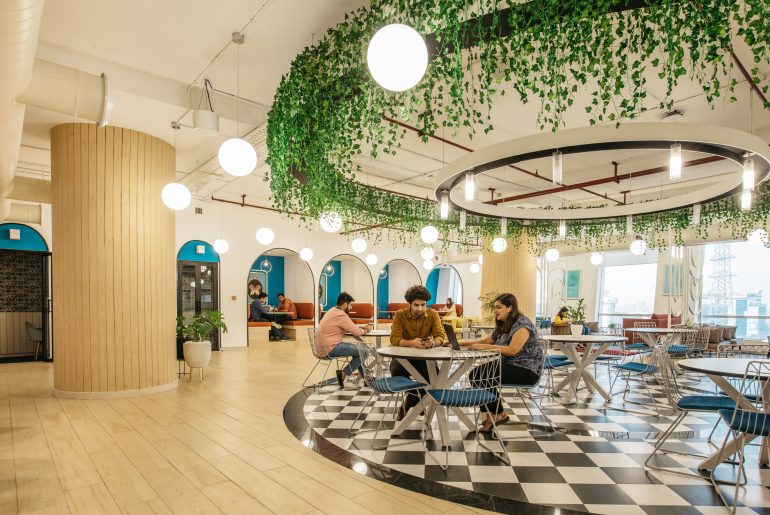Have you ever walked into a fancy office space and said ‘wow, I wish I worked here’? You’re not the only one. A good office space functions as an extension of a brand’s identity, profile and the image they want to send out.
Choosing a suitable office space is easier said than done, though. Signing above the dotted line is the final, glorious step but the plethora of office space selection criteria is enough to send any new office space hunter into a tizzy. With every decision you make in choosing an office space, there are ripple effects that spread out. To make these ripples positive for your employees and your brand, here are 7 things to consider while choosing an office space:
Space
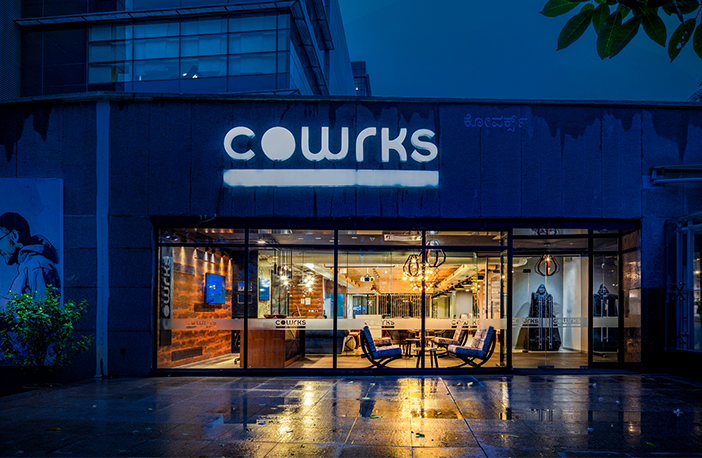
Considering immediate needs is only a single step when you search for office space , because after this comes expansion– no company wants to cut back on growth because there’s no space for new recruits to sit! Therefore, when considering this business location factor, look far into the future to evaluate how much space you will need three or five years down the line. Will you have multiple departments? Perhaps you’ll expand across products, too? All of these are crucial indicators of whether the office space you’re choosing now is right for you in the future or just right for the team you have now.
Accessibility
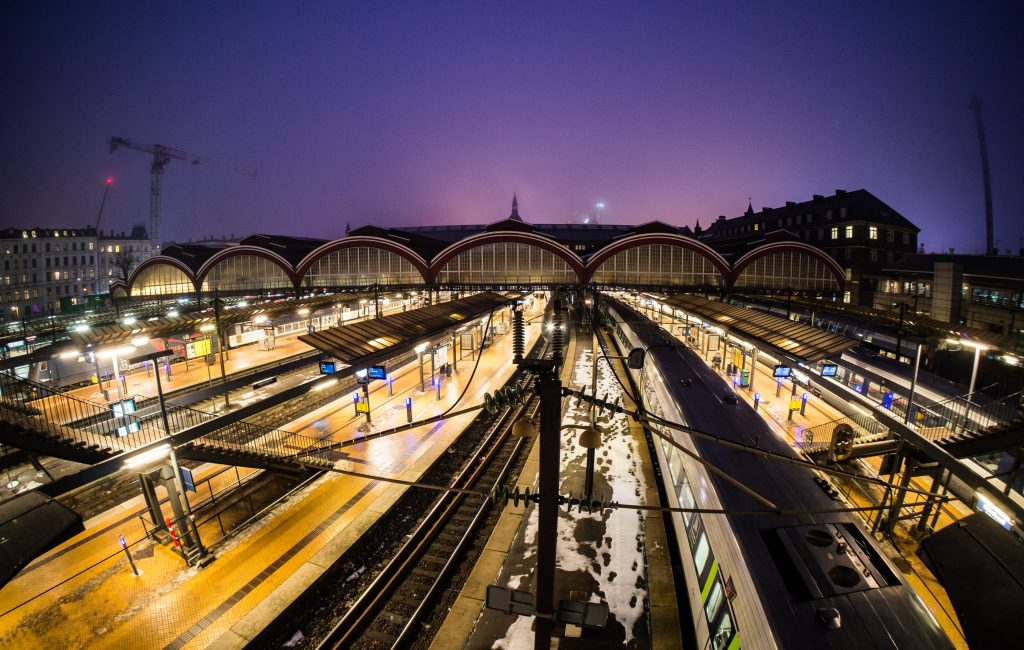
Numerous studies have shown that the commute to work could well be the most important decision to tip employees towards or away from your business. For a factor that’s so glossed over while looking for office space rentals, accessibility can define plenty within the work ecosystem, including productivity, job satisfaction and general employee well-being. Before deciding on office space for rent or lease, consider this:
- How central is the office in the boundaries of the city?
- How well-connected is it to bus stops, metro stations, even cycling paths
- Will my employees have to spend too much time looking for a parking space?
If any of the answers to the above questions are
in the negative, perhaps you’re better off moving on from that office space.
Brand Image

Your office space needs to put out feelers to bring in talent and clients. For that, it needs to look and feel the way you picture your brand or want others to perceive it. If yours is a fun-loving, laid back start-up, then bright colours and plush sofas will get that message across. If your brand image of choice is straight-forward and no-nonsense, then perhaps a sensible-looking space with open desks and glass-door cubicles is more your calling. Once you’ve streamlined your target brand image, consider picking an office space that furthers that image. That was you can talk the talk and walk the walk!
Hidden Costs

In the light of what to look out for when renting office space, a warning against hidden costs is in order. When calculating the overall costs of renting, consider hidden costs and future costs too. These go beyond rent, Wi-Fi costs, relocation expenses and seat costs. Restoration, extra furniture, additional expenditure and penalties against contract breach are just a few examples. When going through the list of spaces, definitely ask for hidden charges that may pop up, or at the very least factor them in to see if your budget matches the total costs.
Security of Lease

Chances are that if you’re looking at co-working spaces, this won’t be too much of a burning question. However, it’s always good to evaluate the pros and cons of legal documents you’re being asked to sign. To get a feel of how rigid or flexible your landlord may be, consider these questions:
- Are you signing off on a minimum or mandatory lock-in period?
- Are there any fiscal or legal repercussions of breaking a rent contract?
- Will the rent rates increase after a set period? If so, by how much and is it something your business can consider?
- In all, is the amount you’re paying and the clauses you’re accepting equal to the facilities you’re getting?
Once you’ve
had these questions answered, it would be helpful to negotiate on a few terms,
just to see what you can get out of it. If a co-working space is also an
option, these terms are probably already friendly towards business and SMEs–
the challenge is getting independent spaces at the same terms and with the same
benefits.
Sufficient Infrastructure
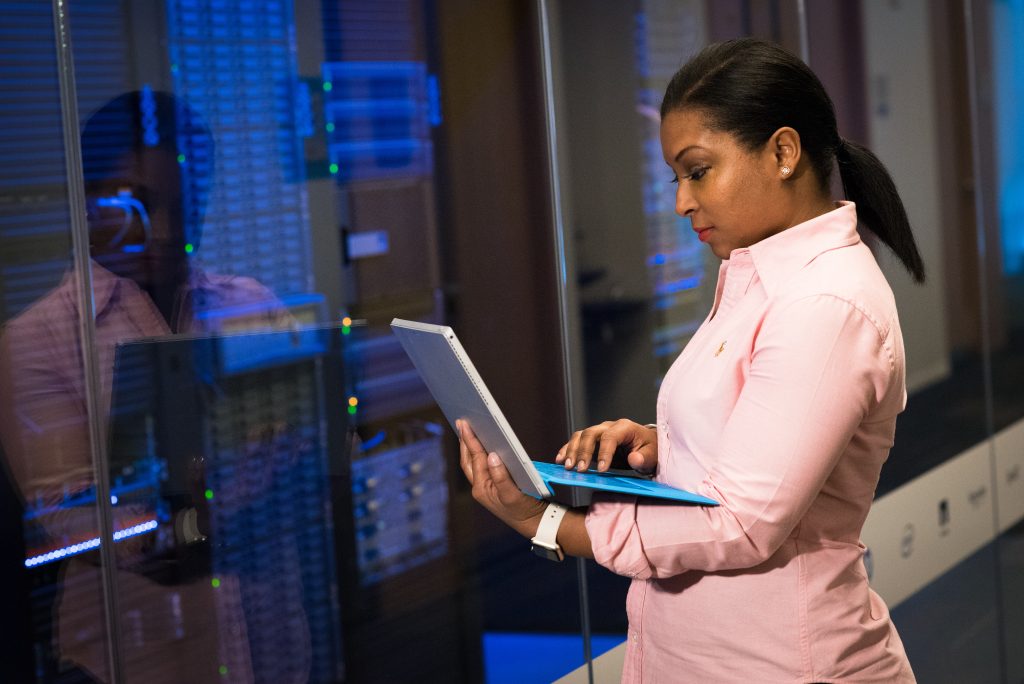
A functional level of infrastructure is key when listing out the factors of office location, not least because it has a direct impact on productivity. If your employees are having to run after technicians over trivial issues like slow Wi-Fi, poor network or leaky pipes, chances are you’ll be losing a lot of precious time intended for work.
On the network front, ensure that the space you’re looking at has excellent Wi-Fi that’s fast and won’t break under pressure. Also consider which phone service provider works best. Ensure that there’s a possibility of receiving post and couriers, as this is an important avenue of communication. If you host client meetings within the office, is there a screen or projector available to cast presentations? And is there enough robust coffee to go around?
Task-Oriented Spaces
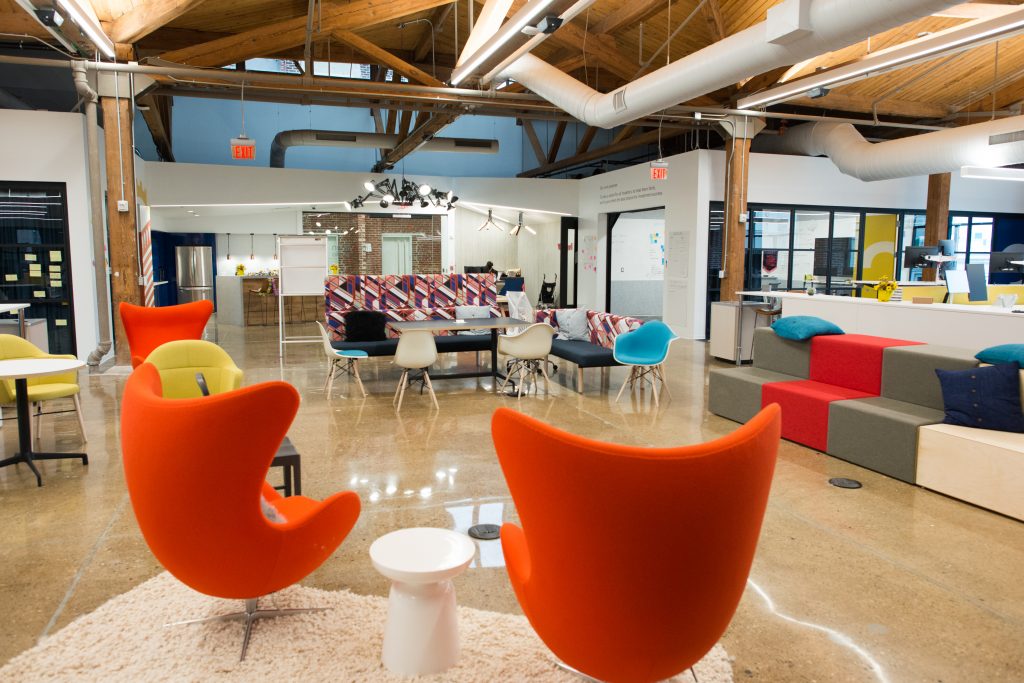
Factors affecting office layout shouldn’t be considered only in relation to the space employees will literally work out of. The ideal office should have smaller spaces that can be designated to different tasks, whether it’s taking phone calls, meeting clients or having lunch. The more conducive a space is to multiple uses, the more productive your workforce. It boils down to everyday situations as simple as these:
- Taking an important phone call while someone’s tapping away on their keyboard
- Having to eat in the same open areas as people out for their hourly cigarette
- Last-minute hunt for space ahead of a client or investor meeting
Distinct spaces are crucial for employees, as they can set boundaries and expectations within that space. They’re just as crucial for budding negotiations and deals with clients, employees and investors because the focus (and possibly the infrastructure) is focused entirely on that task.
Conclusion
It’s always crucial to find the right balance between budget, style, location and employee happiness.
Doing this might take a while, but once you settle on a workplace with a collaborative atmosphere that’s technically sound and has tonnes of coffee and mid-work snacks, you know you’ve struck gold!


